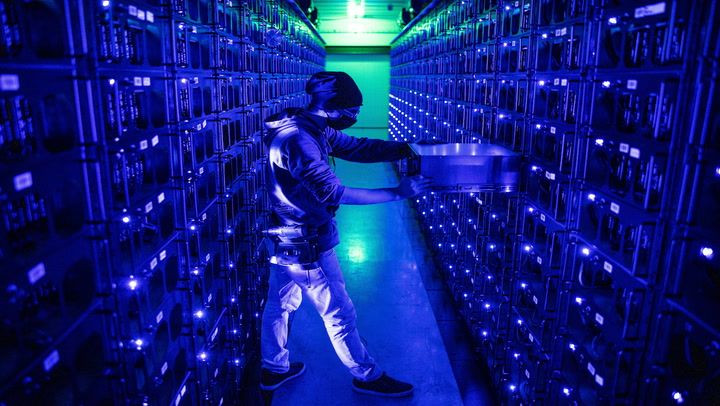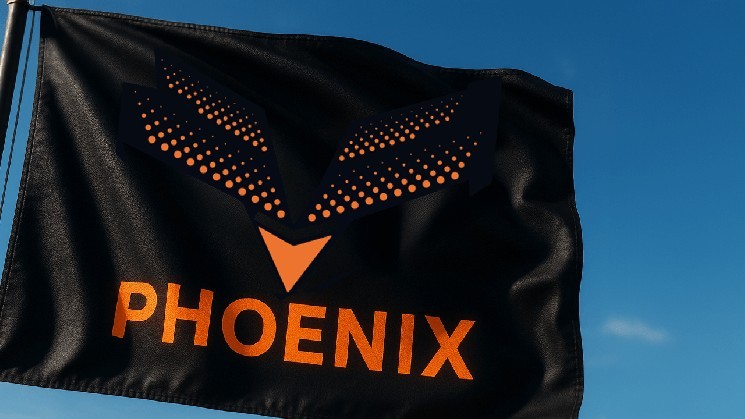Manufacturers are creating ASICs that are more like servers. Here's why

At first there were only CPUs, then GPUs appeared for mining bitcoins. In 2013, a powerful ASIC entered the market, which, together with the “shoebox” form factor, became a symbol of the bitcoin mining industry.
What's the future? Will the shoebox shape remain the standard for Bitcoin ASIC mining? Or will it be replaced by a form factor more reminiscent of traditional data center servers?
ASIC manufacturers are increasingly looking to the latter option – or at least to the idea that hydro-cooled server rack designs will become an important part of Bitcoin mining fleets. Moreover, they are leaning toward using “direct-to-chip” cooling to improve efficiency.
The new AH3880 from Auradine, released in March 2025.
Last September, Bitmain unveiled its U3S21EXPH (a complicated name, huh?), developed in collaboration with Hut 8. The U3’s design means that a single unit takes up three slots in a traditional server rack. MicroBT soon followed with the M63 Hydro series, as well as Bitdeer’s Sealminer A2 Hydro unit.
Following suit, Auradine released its AH3880 server rack model in March of this year. The U2 design, occupying two server slots, is slightly smaller but delivers a higher hashrate per unit of space – 600 TH/s (or 300 TH/s per slot) versus Bitmain’s 860 TH/s (286.66 TH/s per slot).
Shoe box
So what does the move away from the traditional shoebox mean? For Auradine, it has to do with customer needs.
“[Our new model] is based on a lot of feedback we’ve received from our mining customers… we’ve been collaborating with miners throughout the design process,” said Sanjay Gupta, CSO of Auradine, about the latest Mining Pod. “They told us they were looking for a quality hydro-powered miner.”
As part of its partnership with Bitmain on the U3S21EXPH project, “Hut 8 played a key role in developing the custom infrastructure, specifically the U form factor, which is compatible with HPC-style architecture,” Sue Ennis, head of investor relations for Hut 8, told Blockspace last September. (More on HPC later.)
The advantage of the ASIC server rack is standardization. Bitcoin miners are increasingly integrating with the traditional data center industry, which could see 40% adoption of direct-to-die liquid cooling by 2026, according to data center developer Cyrus One.
If miners adopt this design, they could theoretically optimize their supply chains by switching to server designs that are becoming best practice in the large data center sector.
This could make it easier to build and maintain Bitcoin miners. It could also make mining companies more flexible if they want to switch from Bitcoin mining to other forms of computing.
Introduction to AI and HPC
As with much of the mining news today, there is of course the influence of AI in the background.
If miners are building data centers with traditional server rack designs, they will have one less problem to worry about if they want to adapt those sites for AI and HPC workloads. Of course, they will still need to evolve their network and electrical infrastructures, but the server racks will provide a foundation for AI/HPC services that requires less rebuilding than traditional Bitcoin mining. As Ennis puts it, “the U form factor… is compatible with HPC-style architecture.”
Supporting this, Gupta told our Mining Pod interview that “[the U form factor] has been used for AI data centers. It’s easy to configure. It has a high [power density]… [it’s] also very relevant for AI data centers, and we’re looking at a joint strategy between AI for HPC and Bitcoin mining. So the U form factor is a great fit for that.”
Who buys this?
It probably goes without saying that the Bitcoin mining server rack form factor is still in its early stages of development, and while there is hope that such a design may prevail, there are no guarantees.
For starters, Bitcoin miners will not only have to redesign the internals of their mines, but also completely upgrade their electrical infrastructure (which is unlikely to happen in existing mines).
Brad Cuddy of Cholla, a water-cooled ASIC miner, told Blockspace last September that he was “excited to see the move from a shoebox design to a [server rack] form factor.” However, he noted that the U3S21EXPH’s voltage range is incompatible with certain electrical infrastructure used by miners with other Bitmain models.
“The limited range of 380 to 415 volts reduces its compatibility for upgrades. I would like to see the voltage range reach 480 volts to ensure greater compatibility with current infrastructure deployments,” he added.
So it’s likely we’ll see miners integrate these units into new sites. Hut 8 is taking this approach, planning to install 15 EH/s U3S21EXPH units from Bitmain (with an option to purchase) at its Vega, Tech site.
Source: cryptonews.net



